
Tsaheylu, in the language of the Na’vi, means bond. (Sounds unfamiliar? It is the language spoken in the 2009 sci-fi film, Avatar!) With Tsaheylu, Na’vis – the people of the Pandora biosphere – can use their cute tails to connect with the life around them. They can fly, ride, or walk with animals, as their minds become interlinked. They understand one another on a cerebral level.
Jake Sully, the protagonist who lands in Pandora, is taken by surprise. Does one need to mentally bond with animals or plants to benefit from them? It seems like a strange concept, because in the real world, we are so used to ‘taming’ instead of ‘bonding.’
Banks who truly intend to enter the digital biosphere could learn a few tricks from the Na’vi. Here are a few Earth-based myths about banking APIs (Application Programming Interfaces) that are countered with Pandora techniques.
Myth 1: Bonds are only for the external world and are created in front of your eyes.
In the Pandora Biosphere, the trees and animals build deep bonds. But these were not so evident to a newcomer like Sully. If you take a look at the APIs in banking, 75% are internal. They are used by developers for their internal systems to talk to each other. API is a recent term, first used in 2000 by American computer scientist Roy Fielding. But the practice itself dates back to the 1940s and 1950s. The need for different systems to give and take information was not born yesterday! Each team started to build their own API taxonomy, choosing to keep their system and feature constraints at the core of the solution, instead of data and the philosophy of collaboration.
Myth 2: Bonds are for exotic needs like love and miracles
We all need bonds to live, walk, and survive! Today, there is a common perception that APIs = Innovation. But most APIs are, and will continue to be, used to meet regulatory standards. Soon, they will be the only method of interaction with central banks. Nobody trusts reports drafted manually by institutions anymore. In an era of continuous monitoring, regulators and stakeholders cannot be asking for what they want. They just plug and watch.
Myth 3: Bonds created once stay on forever
Change is something that happens on both sides of the bond. The reason why it’s not called a hand-off is because there needs to be empathy for transformation on both sides. Especially when the APIs are with third-party players. Sometimes, the environment can change and make existing bonds void. For instance, banks built multi-factor authentication APIs for payments and subsequently external payment apps sprang up with an easier journey. As customers migrated, the authentication APIs stand defunct.
Myth 4: The onus of bonding is on others
APIs will transform banking. Because banks are now optional! The most controversial of all myths, but banks tend to live in an ivory tower. What they should realize is that
- Payments are progressively happening outside their direct line of sight
- Loans are becoming more merchant and need driven, where the underwriting is commoditized
- Savings is transforming with the ability to grow money being accessible through simpler layers
Fin-techs which operate in these 3 spaces have become the darlings of the investor world. In addition, central banks across the world are keen to make the change happen. So, the onus of deconstructing the self-inflicted complexity rests with banks.
One way to succeed is to adopt the Pandora approach. To participate and collaborate like the Na’vis, rather than to conquer and tame like the humans.
PS: Wondering why we had Na’vi on our mind? Because a confirmation for the sequel, titled Avatar: The Way of Water, was dropped last week!
More from the #BankingOnVidhya series here.

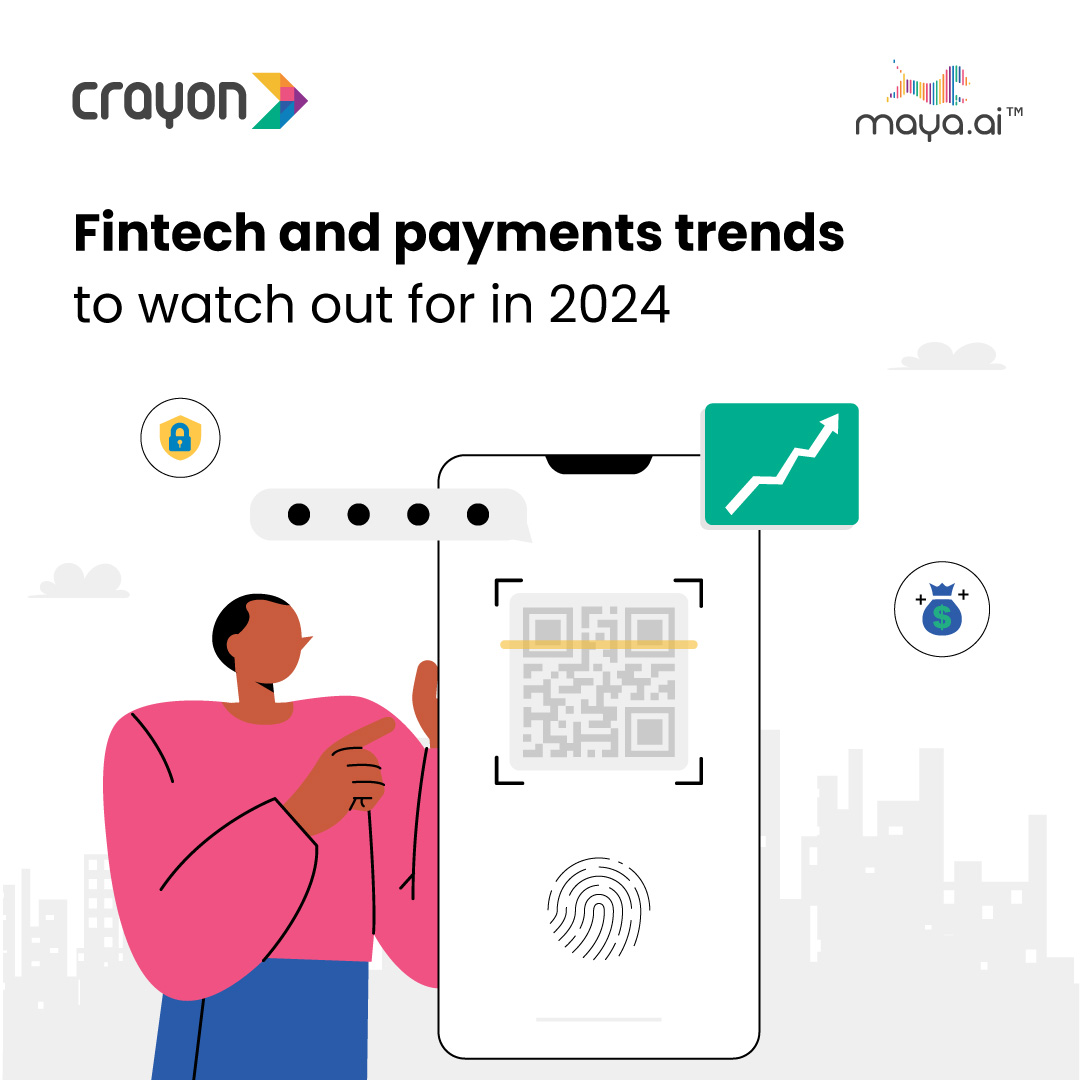
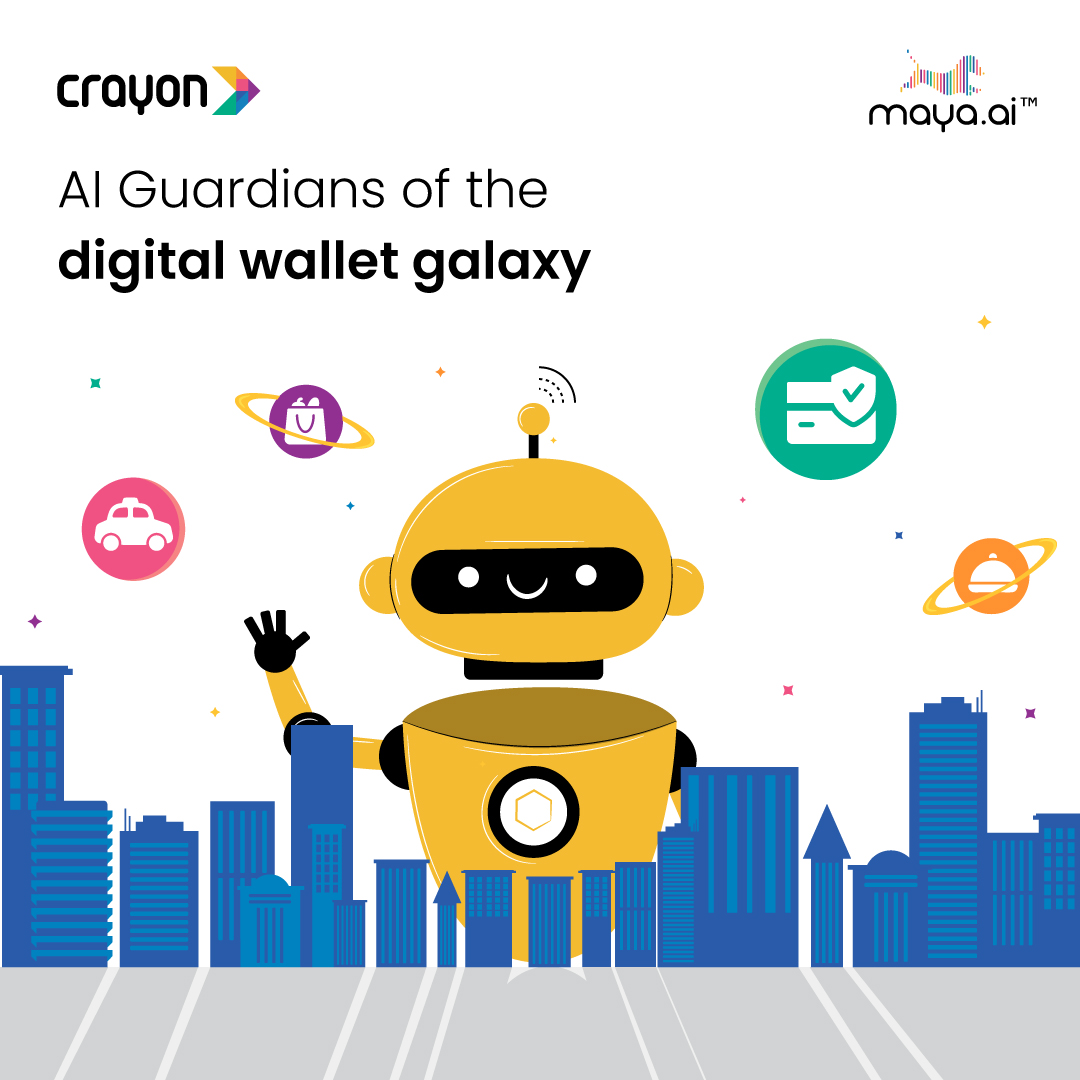
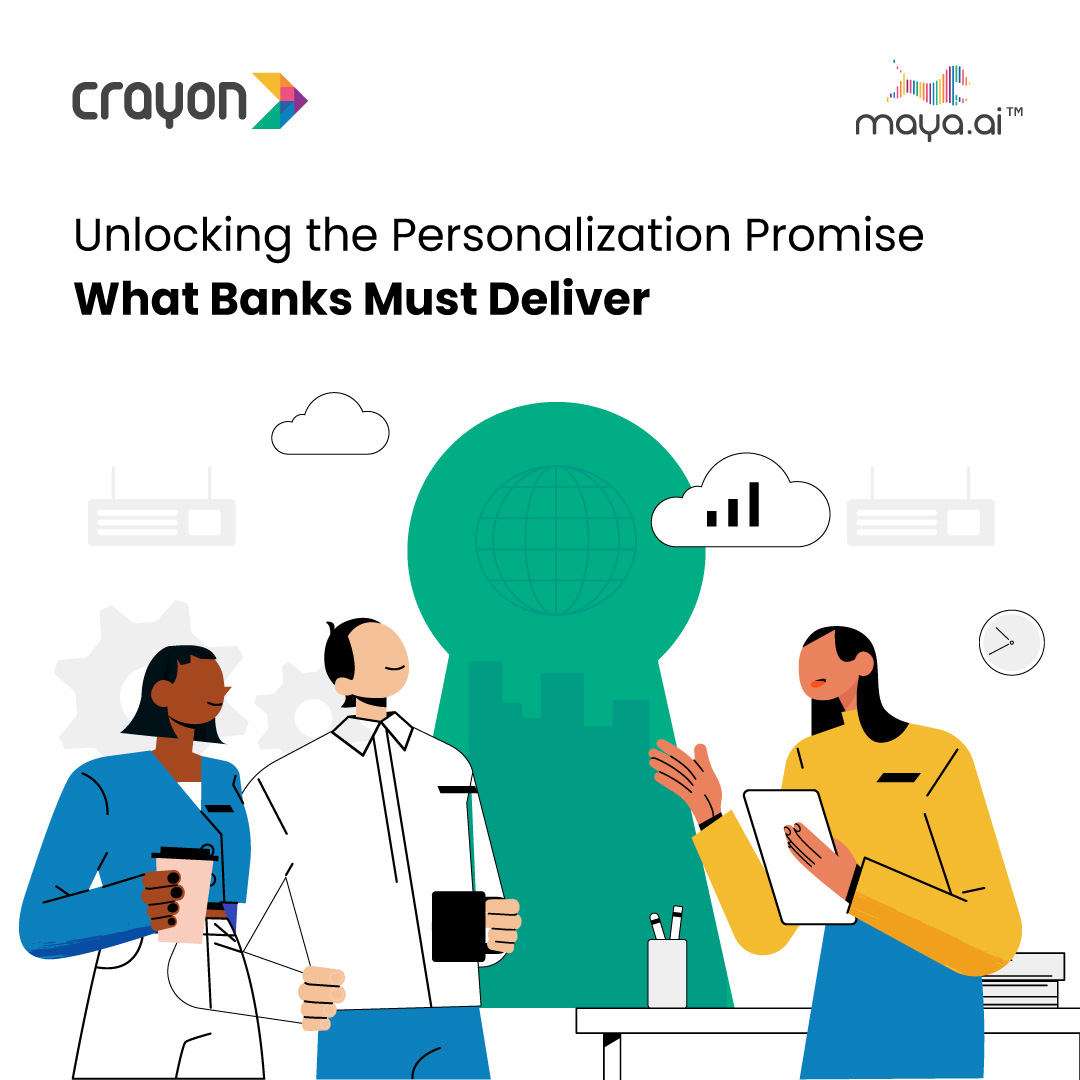




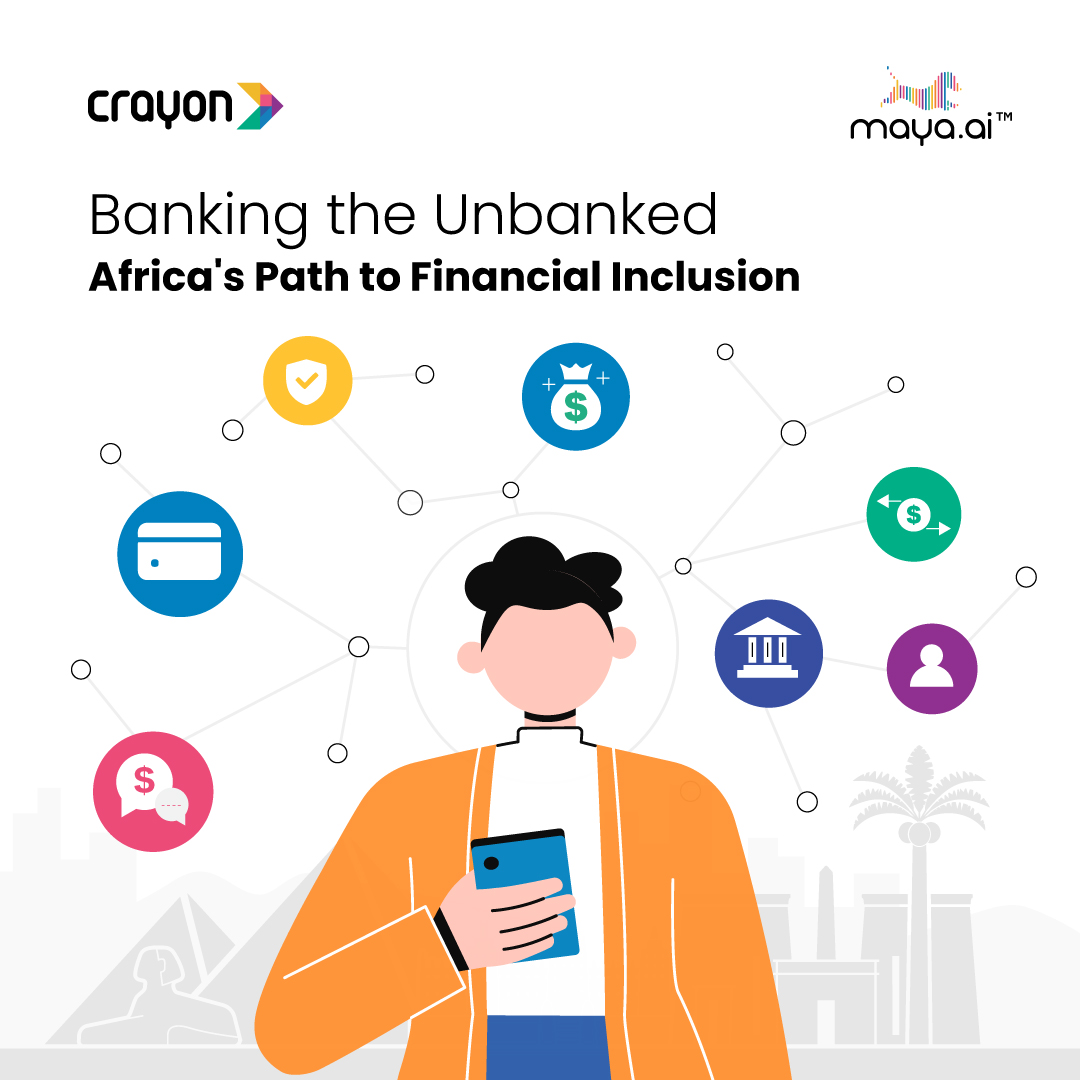

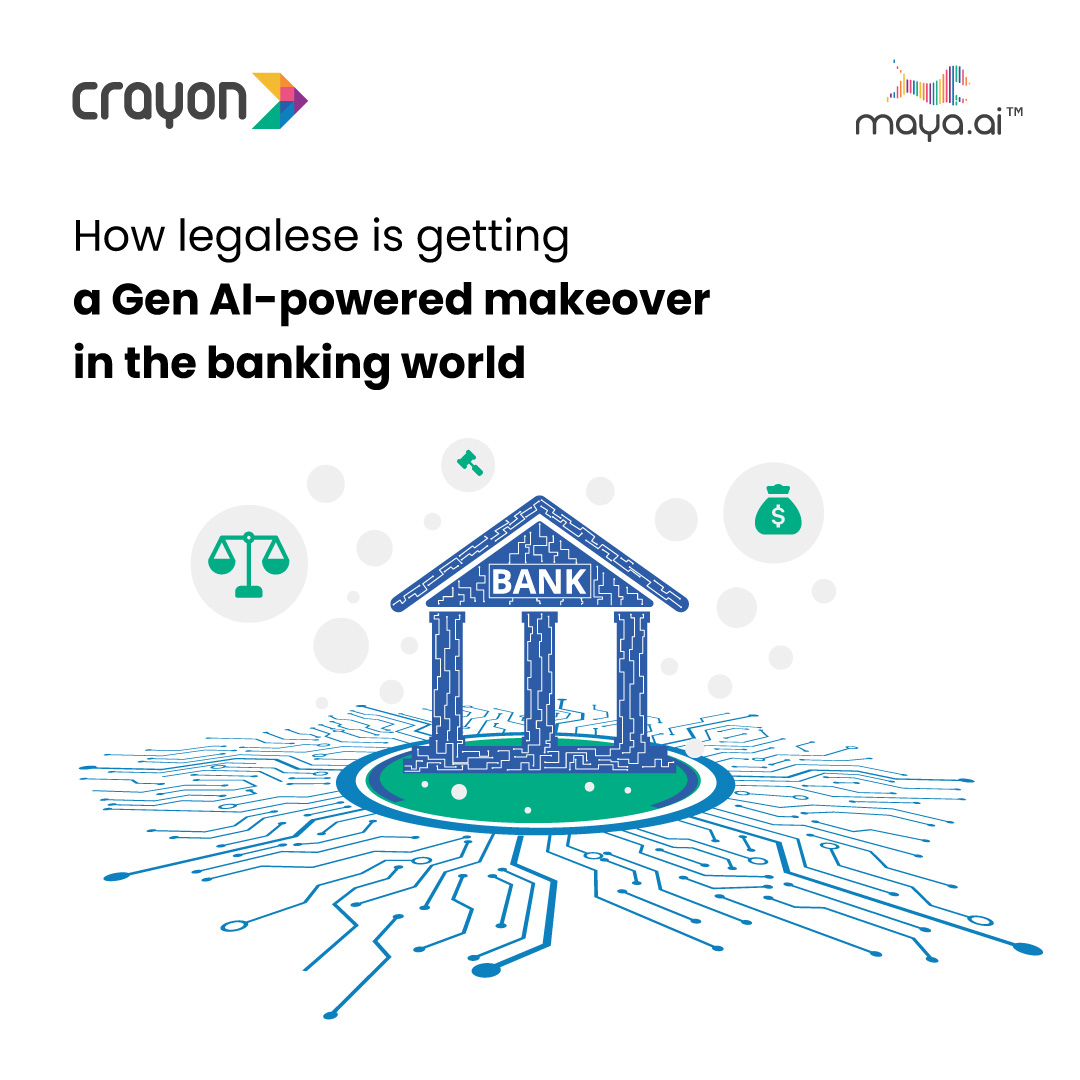

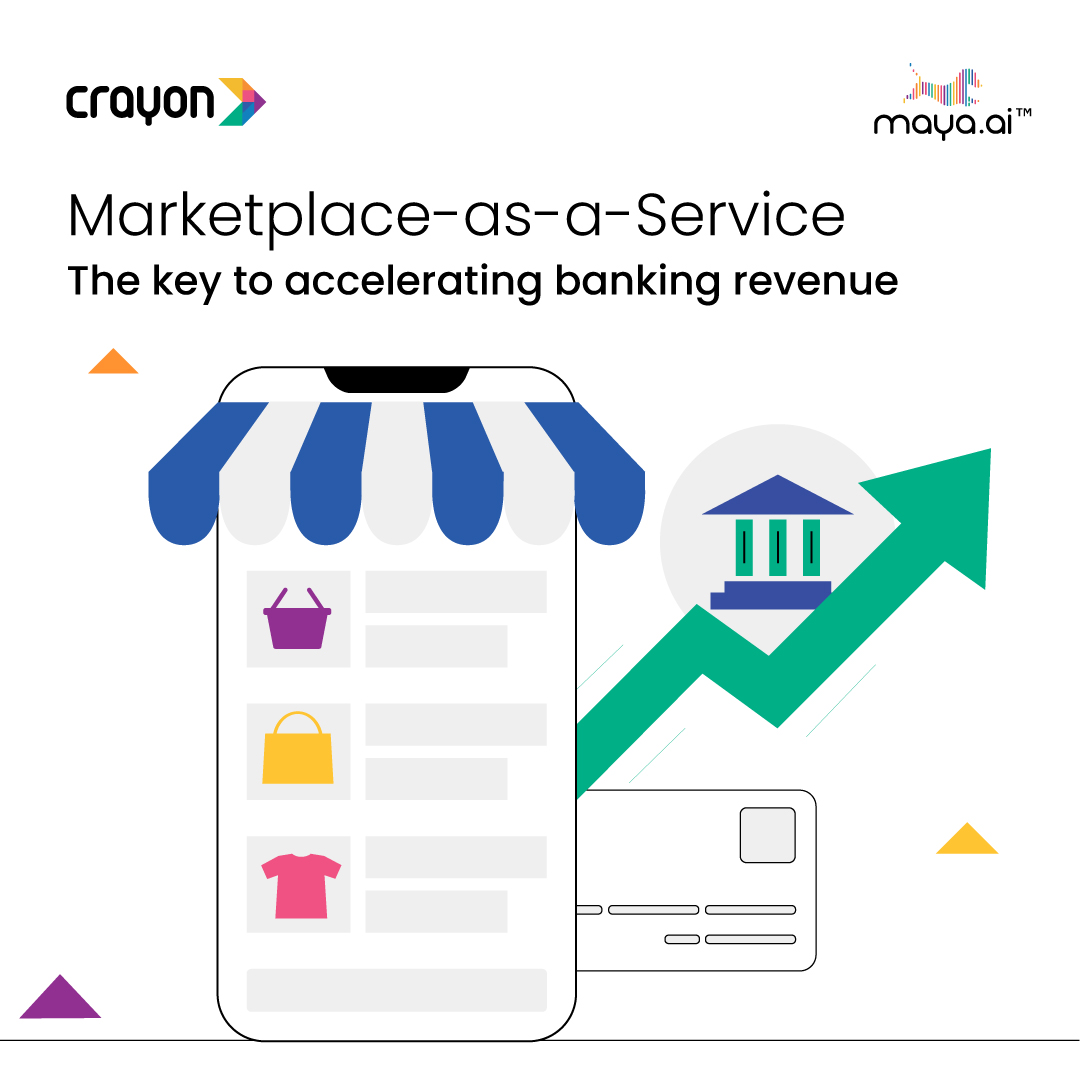


![Slaves to the Algo: AI podcast by Suresh Shankar [Season 1]](https://crayondata.ai/wp-content/uploads/2023/07/AI-podcast-by-Suresh-Shankar.jpg)
![Slaves to the Algo: an AI podcast by Suresh Shankar [Season 2]](https://crayondata.ai/wp-content/uploads/2023/08/version1uuid2953E42B-2037-40B3-B51F-4F2287986AA4modecompatiblenoloc0-1.jpeg)








